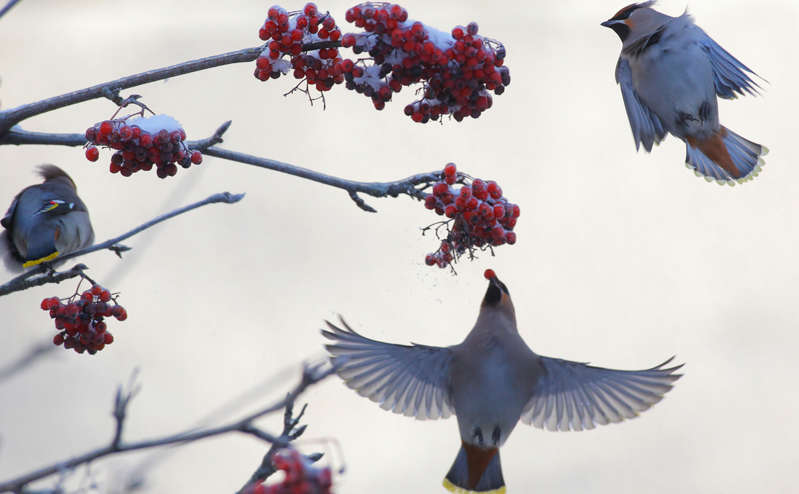Contrary to the assumption, the red bunches of mountain ash do not mean that the upcoming winter will be harsh, Tatyana Pozdnyakova, chief specialist of the Moscow meteorological office, told RBC.
“We have looked over the past 60–70 years: there is no connection between the yield or color of mountain ash and the severity of winter,” Pozdnyakova said. According to her, such signs say nothing about the future, and the probability of a cold winter is 50%.
The meteorologist also noted that the adage that a harsh winter is followed by a hot summer has nothing to do with reality. “In fact, there is no connection between the seasons either,” Pozdnyakova said.
Earlier, the scientific director of the Hydrometeorological Center, Roman Vilfand, also denied RIA Novosti the consistency of the sign associated with mountain ash. Data on the redness of mountain ash for 100-110 years, which forecasters studied together with biologists, showed that there is no connection between the color of the plant's fruit and frost, he said.

This winter, cold and precipitation can alternate with a lack of snow, said Vasily Yablokov, head of the Climate and Energy Department at Russia's Greenpeace, at the end of September. He called this phenomenon “nervousness” of the climate.
Abnormally snowy weather in most of Russia is predicted by specialists from the Phobos Center. Weather in the entire Northern Hemisphere will be affected by abnormally cold weather in the Arctic, due to which the melting of ice has stopped, forecasters say.

